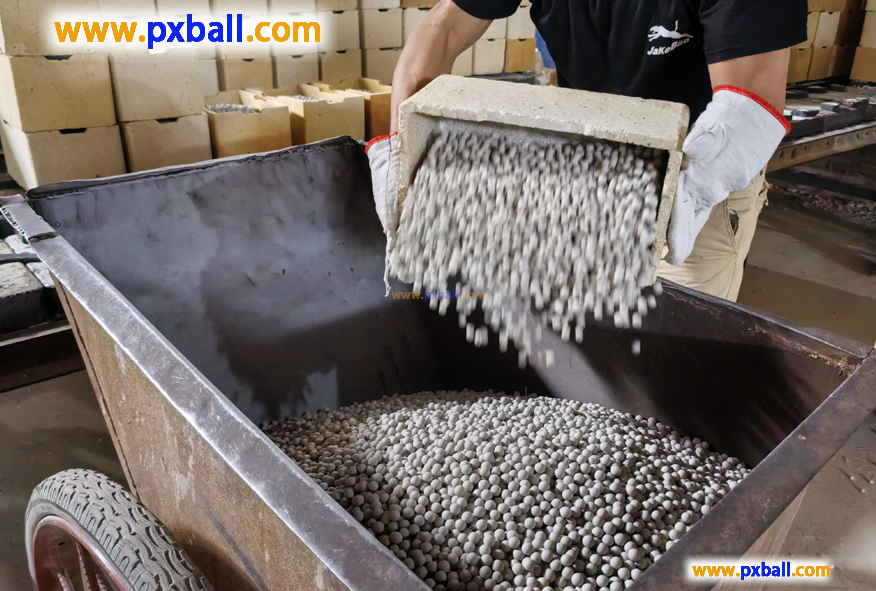
Inert porcelain ball quality
Judging the quality of inert porcelain balls usually requires testing the following aspects:
Appearance quality
1. Color: Observe whether the color of the porcelain ball is uniform, and there is no obvious color difference or color spot. In general, the color of high-quality inert porcelain balls should be more consistent, such as pure white or a specific standard color.
2. Surface flatness: Check whether the surface of the porcelain ball is smooth and flat, without obvious uneven, cracks, bubbles and other defects. The flatness of the surface directly affects the performance and stability of the porcelain ball during use.
3. Impurities: Check whether the surface and interior of the porcelain ball contain impurities, such as black spots, sand and so on. The presence of impurities may reduce the strength and chemical stability of porcelain balls.
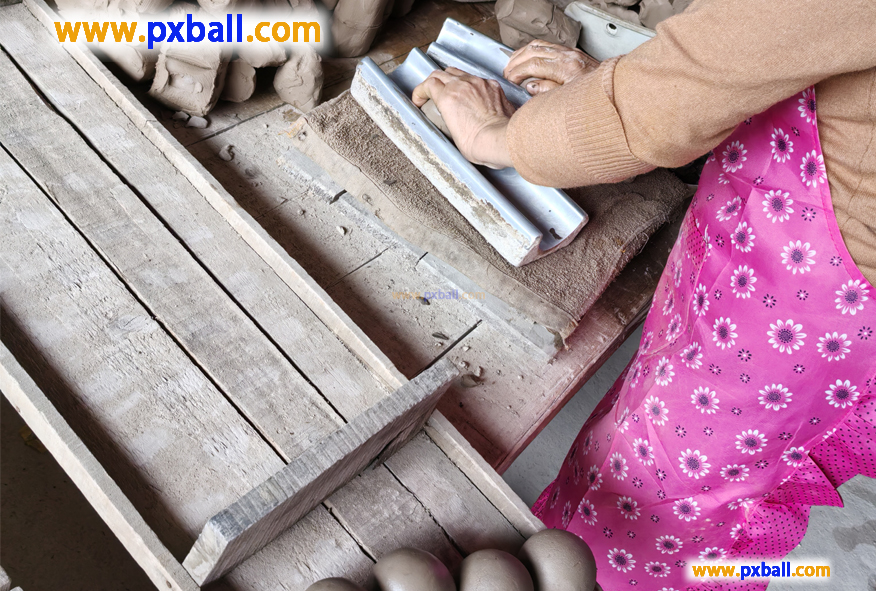
size deviation
1. Diameter measurement: Use measuring tools with appropriate accuracy, such as calipers or micrometers, to measure the diameter of the porcelain ball. Ensure that the diameter of the porcelain ball is within the specified tolerance range to ensure uniformity and stability during filling or use.
2. Sphericity detection: Evaluate sphericity by comparing diameters of porcelain balls in different directions. The better the sphericity, the more uniform the packing density of the porcelain ball when filled, and the smaller the resistance of the fluid when passing through.
Chemical composition
1. Alumina content: Alumina is one of the main components of inert porcelain balls, and its content directly affects the hardness, compressive strength and high temperature resistance of porcelain balls. Chemical analysis methods, such as X-ray fluorescence spectroscopy or titration, are used to accurately determine the content of alumina.
2. Other main components: In addition to aluminum oxide, inert porcelain balls may also contain silica, zirconia and other components. The content of these components is tested to ensure the chemical stability and specific physical properties of the porcelain balls.
3. Impurity content: Analyze the impurity elements that may exist in the porcelain ball, such as iron, calcium, magnesium, etc. Excessive impurity content may affect the performance of the porcelain ball, such as reducing acid and alkali resistance, increasing wear and so on.
Physical properties
1. Pile density: Measure the density of a certain number of porcelain balls stacked together. Pile density reflects the tightness and voidage of porcelain balls, which has an important effect on the filling effect and fluid passing performance in the reactor or packed tower.
2. Compressive strength: Use the testing machine to test the compressive strength of the porcelain ball. Compressive strength is an important index to measure the ability of porcelain balls to withstand pressure during use, especially in high-pressure environments such as reactors.
3. Water absorption rate: After the porcelain ball is soaked in water for a certain time, the ratio of the water absorbed by it to the original mass is measured, that is, the water absorption rate. The porcelain ball with low water absorption can maintain good stability and performance in wet environment or in contact with liquid.
4. Wear: Evaluate the degree of wear by simulating the wear of the porcelain ball during use, such as testing in a specific wear tester. Low wear porcelain balls have a longer service life.
Chemical properties
1. Acid resistance: Soak the porcelain ball in an acidic solution for a certain time to observe the surface changes and quality loss to evaluate its acid resistance. Inert porcelain balls should be able to remain stable in a certain concentration of acid solution without obvious corrosion or dissolution.
2. Alkali resistance: Similarly, soak the porcelain ball in an alkaline solution to test its alkali resistance. In an alkaline environment, porcelain balls should also have good chemical stability.
3. Temperature resistance: Test the performance stability of porcelain balls under rapid temperature changes. The porcelain ball is alternately heated and cooled at different temperatures to observe whether cracks, crushing and other phenomena occur to determine its temperature resistance.
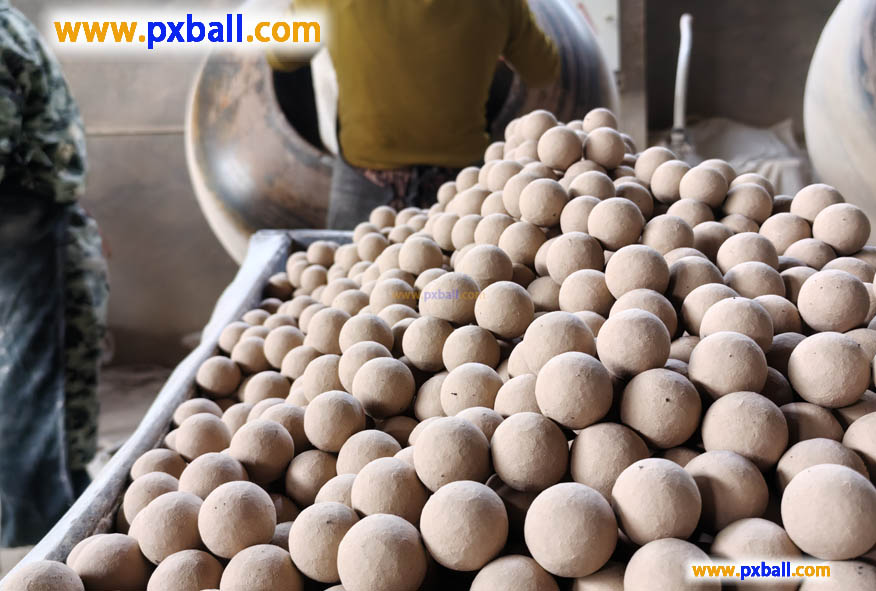
Other aspects
Packaging inspection: Check whether the packaging of the porcelain ball is intact, whether there is damage, pollution and other conditions. Good packaging can ensure that the quality of the porcelain ball is not affected during transportation and storage.
Mark and logo: Confirm that there are clear marks and logos on the packaging of the porcelain ball, including product name, specifications, production date, manufacturer and other information, so as to facilitate traceability and management.
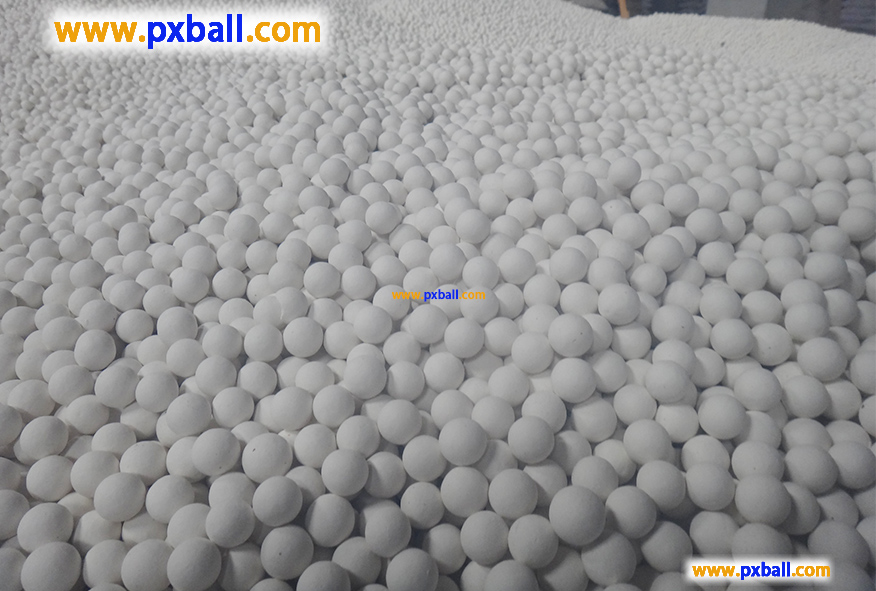
Catalyst Inert Ceramic Packing Process
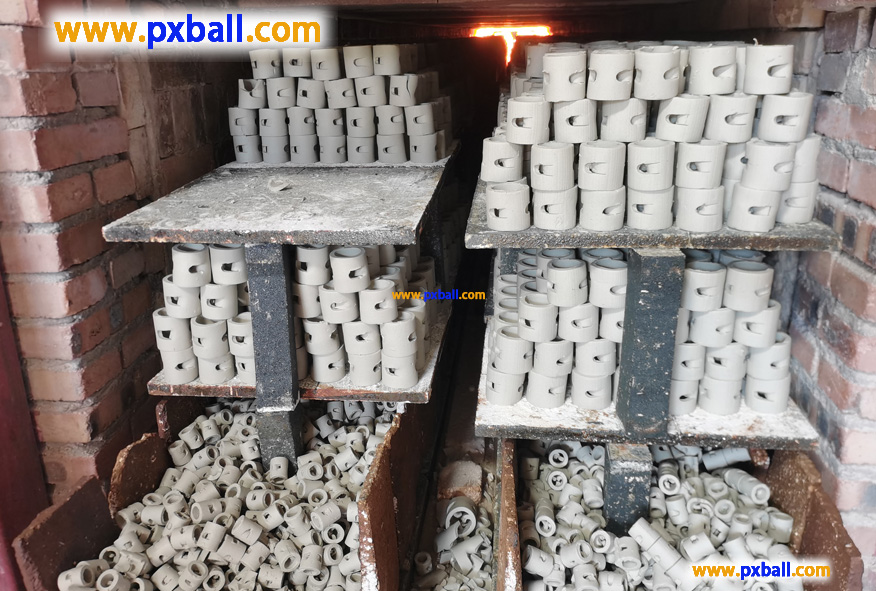
Is ceramic an inert waste?
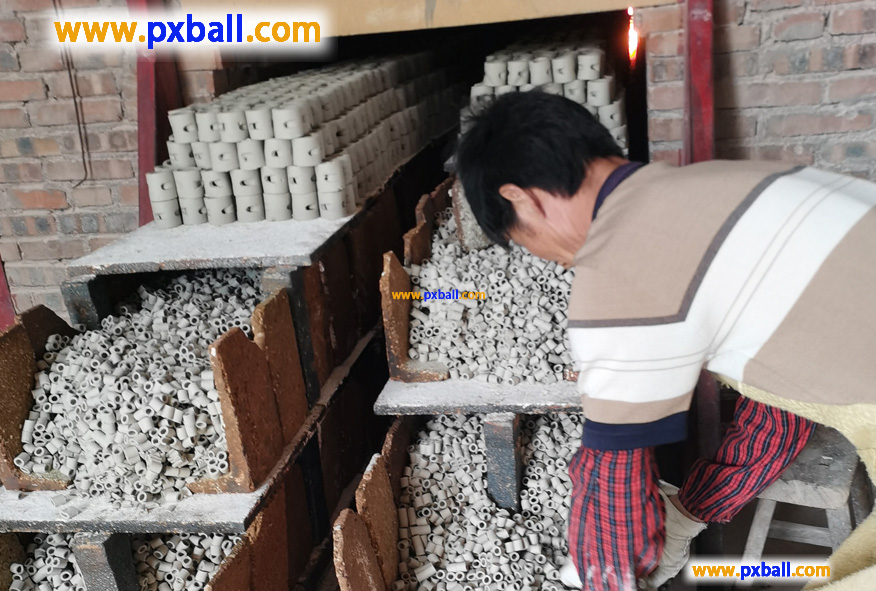
Are ceramics chemically inert?
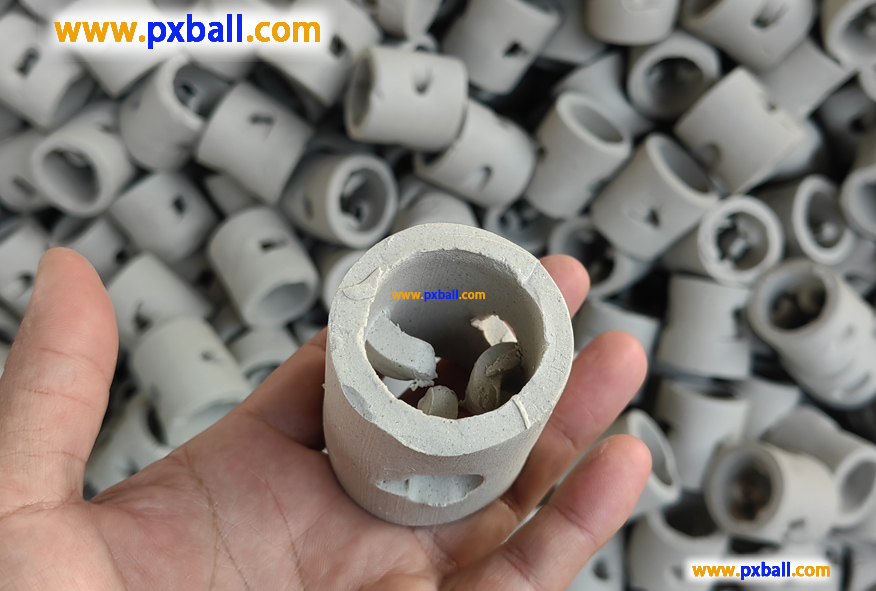
What is inert ceramics?

inert alumina ceramic ball density

Why do inert ceramic balls emphasize the level of aluminium content?
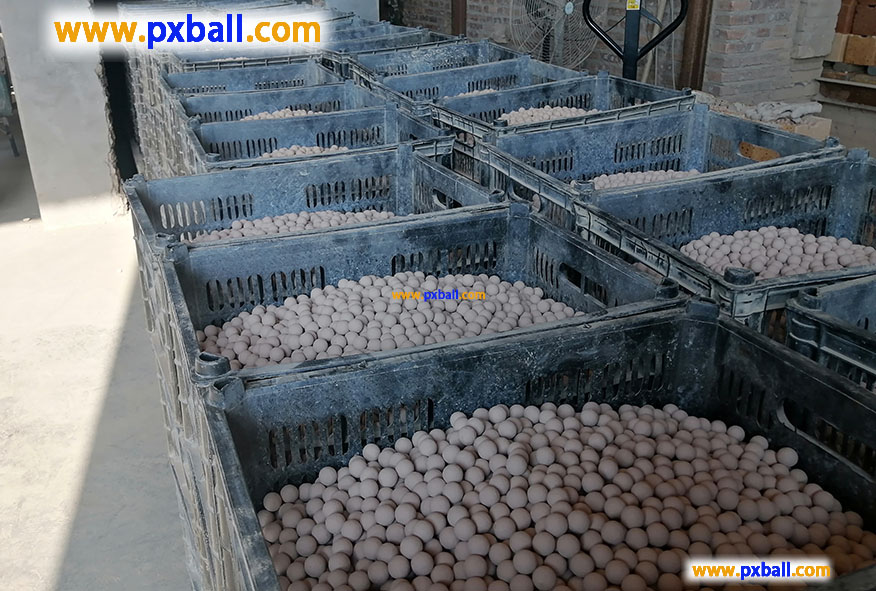
What are alumina ceramic balls used for?
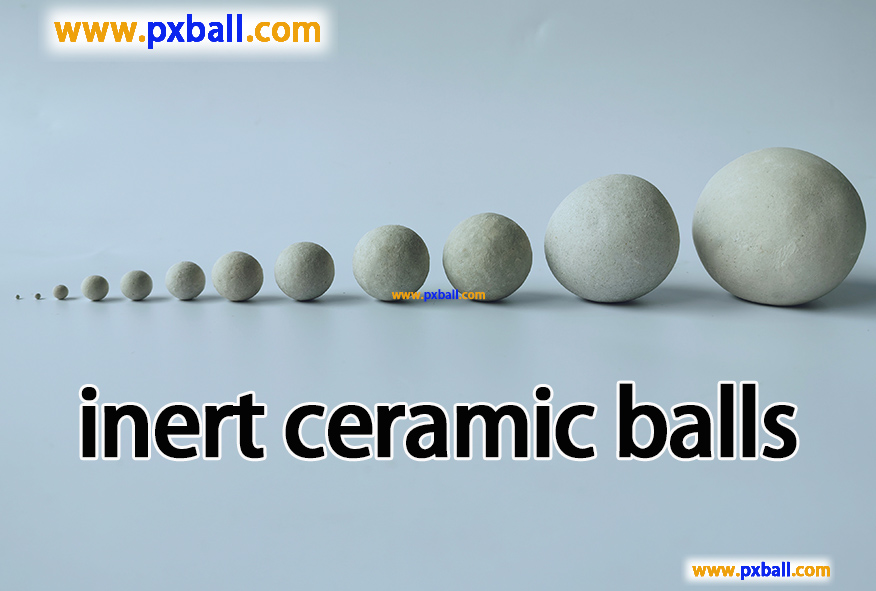
What is inert ceramic ball?